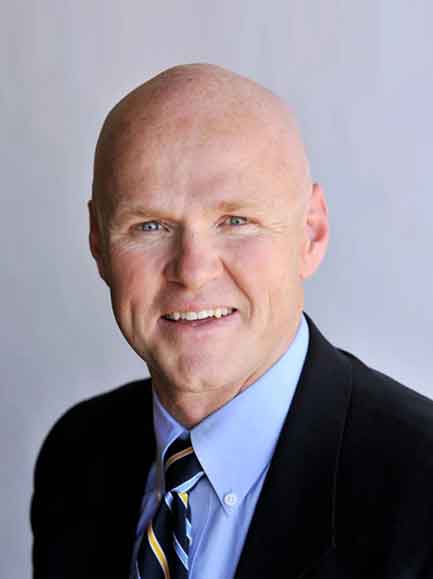Keep calm, and let your child know that their surgery isn’t a big operation—they’ll receive a local anesthetic that’ll prevent them from feeling pain, and they won’t have to watch the doctor remove their toenail if they don’t want to. Most procedures take about 20 minutes from start to finish.
What to Do Before Your Surgery Appointment
There’s not a lot you or your child has to do to prepare for ingrown toenail surgery, but here’s how you can help the process go more smoothly:
- Keep your child’s affected toenail clean, and advise them not to put too much pressure on it.
- Talk to your child’s teachers and coaches about their upcoming surgery and why they won’t participate in sports practices or gym classes before and after the procedure.
- Bring comfortable footwear for your child to put on after the procedure—avoid closed-toe shoes. Sandals without straps between the toes are best after surgery, as straps can get in the way of bandages.
What to Do After Surgery
Although this is a low-risk procedure, still keep an eye on your child after going back home. Younger children may need help with post-surgery practices, such as keeping the area clean until the skin heals, and knowing how to gently dry their toes whenever they bathe. If necessary, we may prescribe antibiotic lotions or creams to put on or around the affected toenail, For more detailed instructions, be sure to refer to our guide on what to know after ingrown toenail surgery, which includes a comprehensive post-surgical care checklist.
Although the prospect of a child’s ingrown toenail surgery can be daunting, long-term complications afterward are rare. Ultimately, you’re choosing a procedure that prevents future complications—and at Rocky Mountain Foot & Ankle, we ensure that our young patients have a safe, fast, and efficient recovery so they can enjoy a healthy, active lifestyle once again.

 Ingrown toenails are a common podiatric issue, particularly affecting children, teenagers, and young adults. For those struggling with recurring or severe cases, consulting an
Ingrown toenails are a common podiatric issue, particularly affecting children, teenagers, and young adults. For those struggling with recurring or severe cases, consulting an 